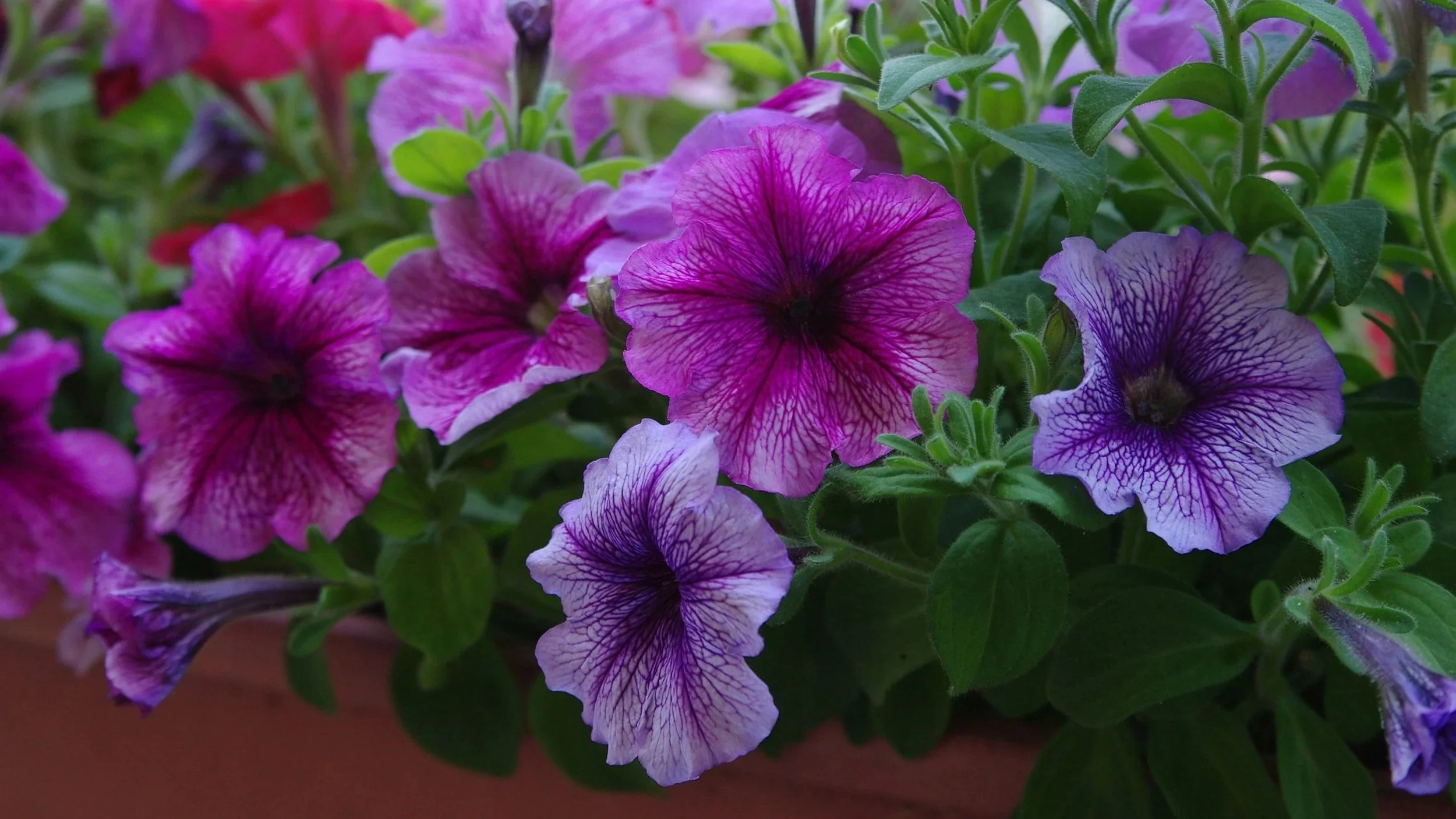Watering Tips: How to Water in the Heat During the Summer
Watering correctly and effectively during the summer is crucial to ensuring that your plants and lawn remain healthy and vibrant. During summer in Ohio, watering can get complicated because of our heat, humidity, and rainfall. So, here’s our guide to smart summer watering practices and some explanation on how Ohio’s rainfall could impact your summer watering.
How much rainfall does Ohio get in the summer?
Central Ohio gets an average rainfall of 3.5 inches in May, 3.98 inches in June, 4.06 inches in July, and 3.11 inches in August. What this means for you as a gardener is that you have to pay attention to how much precipitation your area has received each day. If you’ve received rain, then you need to pull back on your watering so that you don’t drown your plants and cause root rot. If you haven’t received rain, then you may need to increase your watering frequency and quantity.
A gardening trick is to stick your finger about one or two inches down into the dirt. If the soil feels wet, then avoid watering. If the soil feels dry, then your plants likely need water.
To also help you with your Ohio garden, we’ve broken down the best summer watering practices for in-ground plants, lawns, and potted plants into a quick and easy-to-read guide.
Watering In-Ground Plants
Water Deep Rather Than Often
Water deeply but infrequently for in-ground plants in your central Ohio garden. Give them a thorough soaking two to three times a week rather than daily, light sprinkles. Shallow watering encourages plants to have shallow roots whereas deep watering encourages roots to grow further down into the soil.
Deep roots make your plants more resilient to dry spells and heat stress. The deep watering method is especially vital for new plants establishing their root systems.
Water in the Morning
The best time to water your garden beds is in the early morning. This timing minimizes water loss from evaporation due to the morning’s cooler temperatures and allows foliage to dry completely before the evening, which significantly reduces the risk of fungal diseases.
Listen to Your Plants
While a watering schedule is helpful, your plants will often tell you when they're thirsty. Wilting leaves, even in the morning, or looking “sad” can be signs of severe water stress. Keep a close eye on your plants for these visual cues.
Use Mulch’s Magic
A 2-4 inch layer of organic mulch around your plants is a simple and effective way to conserve moisture. Mulch helps retain soil moisture, keeps root systems cooler on hot days, and effectively suppresses weeds that will compete with your plants for water. Some of our favorite types of organic mulch are wood chips, straw, and compost.
Watering Potted Plants
Give Them Extra Water
Potted plants are more vulnerable to drying out than those in the ground due to their limited soil volume. During Ohio’s peak summer heat, they may need daily watering or even twice-a-day- waterings, especially on scorching, windy days.
Water Until the Pot Drains
Water container plants until you see water draining from the bottom of the pot. This ensures that the plant’s entire root ball is saturated and prevents dry pockets within the soil.
Revive Dry Soil
If your potting mix becomes extremely dry and hydrophobic (meaning it repels water and doesn't absorb water), try soaking the entire pot in a tray or bucket of water for 20-30 minutes until the soil rehydrates. This helps to retrain the soil to soak up water again.
Choose the Correct Pot
Consider what kind of pot you choose for your plant. Plastic or glazed pots tend to retain moisture better than porous terracotta pots, which allow water to evaporate through their porous walls.
Give Your Plants Group Therapy
Create a mini-microclimate by grouping pots together. This grouping can increase humidity and reduce moisture loss from evaporation.
Go Big
Generally, larger pots hold more moisture than smaller ones, meaning they will require less frequent watering. So, if you have a plant that needs a lot of room (such as tomatoes), then get a bigger pot than you initially think you need. Save the small pots for cute succulents that are heat-tolerant and drought-tolerant.
Watering Your Lawn in Central Ohio
Water Deeply and Infrequently
Your central Ohio lawn needs about one inch of water per week to stay green and healthy. This watering should be delivered in one or two deep sessions.
Avoid light, daily watering, which only encourages shallow root growth and makes your lawn more susceptible to drought and heat damage.
Water in the Morning
Just like with your garden’s plants, water your lawn in the early morning (before 10 AM) to ensure maximum absorption and reduce the risk of fungal growth that can occur when lawns stay wet overnight.
Watch the Rain to Determine Any Adjustments
Always adjust your watering schedule based on natural rainfall. If your Ohio lawn receives a good soaking rain (at least half an inch), then you can skip a scheduled watering session. Consider investing in a rain gauge (which can be bought at Timbuk Farm’s Garden Center) to accurately measure precipitation.
Need Help, Gardening Supplies, or Plants?
By implementing these smart watering practices, your central Ohio garden and lawn can not only survive but truly thrive through the summer months. If you’re unsure about best watering practices or how much water plants need in your Ohio garden, then feel free to stop by Timbuk Farm’s Garden Center or send us a message.
We’re a family-owned business and we grow everything locally here in our Ohio garden center and farm. We know Ohio gardening, and our garden experts are happy to answer any questions you have about your garden and how to make the most out of your summer garden.





